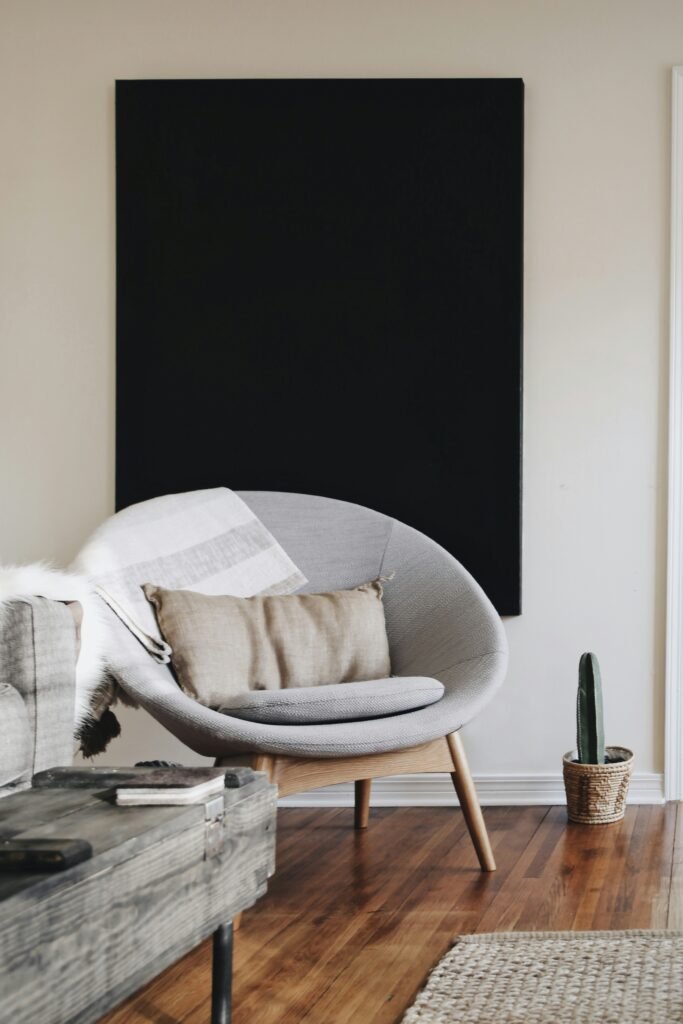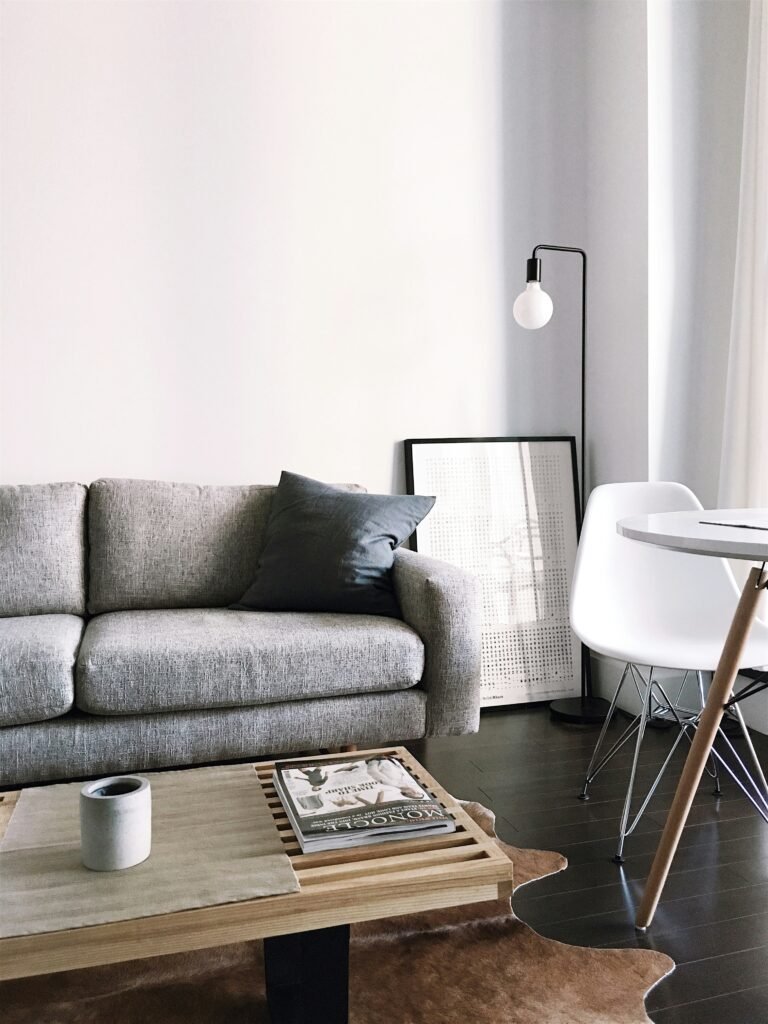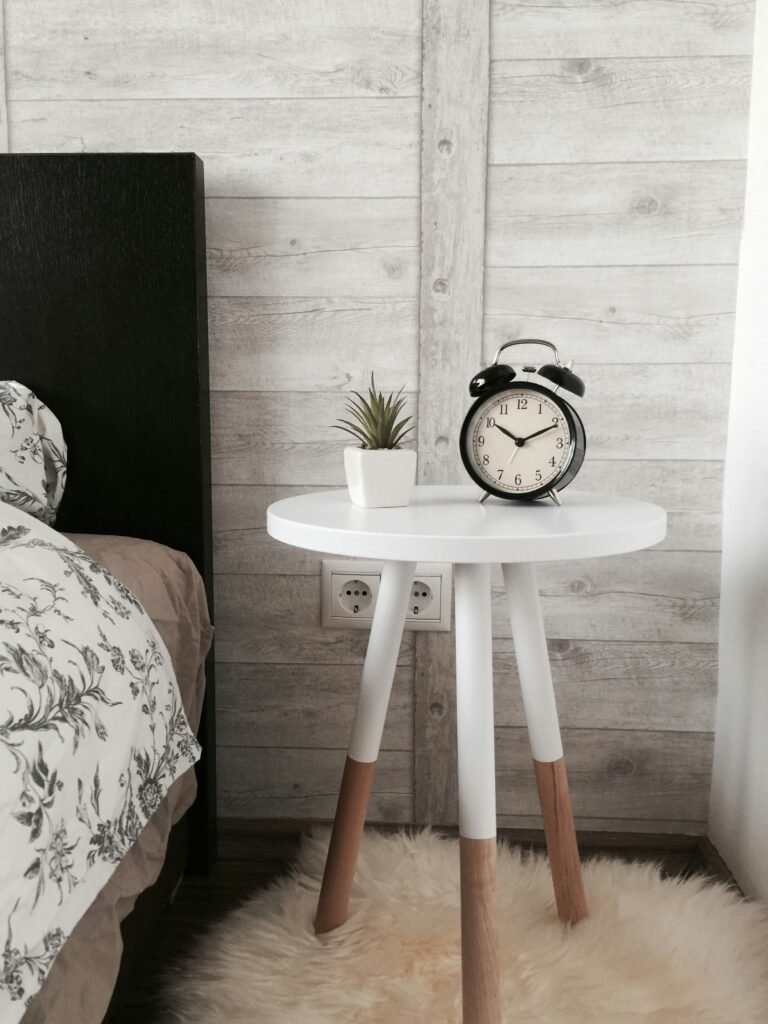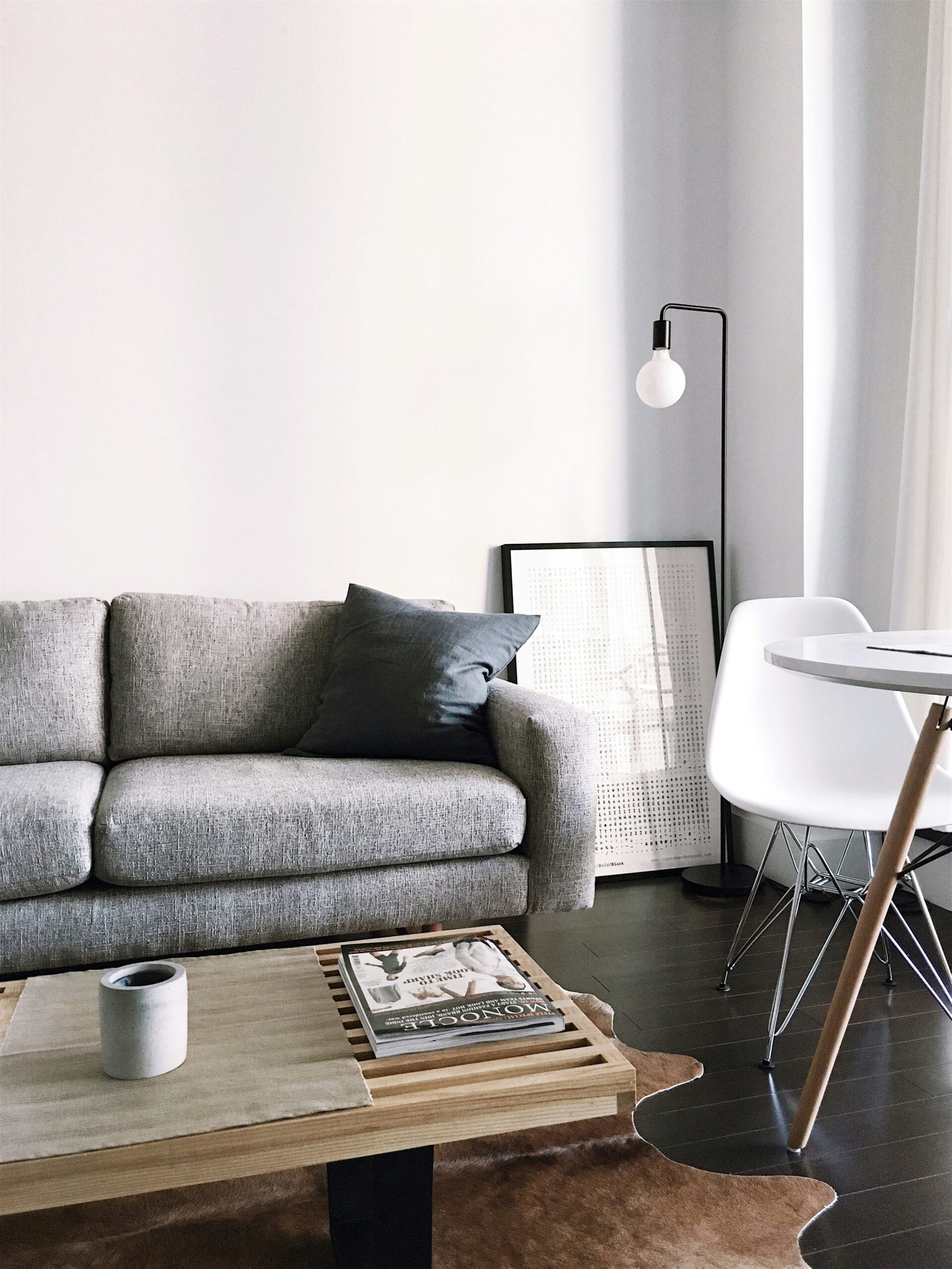Imagine a cozy winter night, snuggled up with a good book and a crackling fire in your fireplace. There’s nothing quite like it. However, while fireplaces provide warmth and ambiance, they also come with the potential for danger. That’s why it’s essential to prioritize fireplace safety, not just during the winter months, but all year round. This article will provide you with valuable tips and precautions to protect your home from fires and ensure that the joy of your fireplace is never compromised, regardless of the season. Get ready to cozy up and enjoy your fireplace with peace of mind.
Fireplace Safety 101: Tips to Protect Your Home in Any Season
Fireplaces add warmth and charm to any home, but they also come with potential safety hazards. Whether you enjoy cozying up to a crackling fire in the winter or roasting marshmallows with the family during summer nights, it’s crucial to prioritize fireplace safety. By following these essential tips and guidelines, you can ensure your fireplace remains a source of joy and comfort, without posing a threat to your home and loved ones.

This image is property of images.unsplash.com.
Inspecting and Cleaning
Regular inspections and proper cleaning are vital to maintain the safety and efficiency of your fireplace. Before each usage, inspect your fireplace thoroughly to identify any signs of damage or potential issues. Look for cracks or gaps in the chimney, as they can lead to dangerous smoke leakage into your home. Additionally, be sure to check for any water damage, as it can weaken the structure of your fireplace.
Chimney cleaning is an essential maintenance task that should not be neglected. Over time, creosote, a highly flammable substance, accumulates in the chimney. Therefore, it is crucial to have your chimney swept regularly by a professional to remove any creosote buildup. A clean chimney reduces the risk of chimney fires, keeping your home and family safe.
Lastly, inspect your fireplace for any cracks and leaks. Cracks can compromise the structural integrity of the fireplace, while leaks can lead to water damage or even chimney fires. Address any issues promptly to prevent further damage and ensure the safety of your home.
Fireplace Setup
Proper fireplace setup is essential to minimize the risk of accidents and ensure a safe environment. Start by keeping all flammable items, such as furniture, curtains, or Christmas decorations, at a safe distance from the fireplace. Flammable materials should be at least three feet away from the flames to prevent accidental fires.
Invest in a sturdy fireplace screen that covers the entire opening of the fireplace. A screen acts as a barrier, preventing sparks and embers from escaping and potentially causing fires. Make sure the screen is made of a durable material that can withstand high temperatures.
When choosing materials for the surrounding area of your fireplace, opt for non-combustible materials. Materials like brick, stone, or tile are excellent choices as they do not catch fire easily. Avoid using flammable materials such as wood or carpet near the fireplace to prevent the spread of fire.
Purchase Your Fireplace Safety Products
Firewood Selection
Choosing the right firewood is crucial for a safe and enjoyable fire. Always select seasoned firewood, which has been dried for at least six months. Seasoned firewood burns more efficiently, creates less smoke, and reduces the risk of creosote buildup in your chimney.
Avoid using treated or painted wood, as they can release toxic gases when burned. These gases can be harmful to your health and pose a significant fire hazard. Stick to untreated, natural firewood for a safe and environmentally friendly fire.
Proper firewood storage is equally important. Store your firewood outdoors, away from your home, to prevent insects and rodents from coming inside. Keep the wood elevated and covered to protect it from rain or snow. Dry firewood burns better, creates less smoke, and ensures a safer and more enjoyable fire experience.
Proper Ventilation
Proper ventilation is crucial for maintaining a safe and efficient fireplace. Before lighting a fire, open the damper fully to ensure that smoke and other combustion byproducts can escape through the chimney. This prevents smoke from circulating back into your home, reducing the risk of carbon monoxide buildup.
Ensuring proper airflow is essential for a healthy fire. Make sure the area around your fireplace is clear from any obstructions that could impede the flow of air. Adequate airflow promotes better combustion and minimizes the production of smoke, keeping your home and chimney cleaner.
To further enhance ventilation and ensure your safety, consider installing carbon monoxide detectors near your fireplace. Carbon monoxide is a silent killer, as it is odorless and colorless. Detecting its presence early can save lives.

This image is property of images.unsplash.com.
Safe Fire Starting
Starting a fire safely is essential to prevent accidents and ensure a cozy and controlled atmosphere. Use proper fire starters, such as newspaper, dry kindling, or commercially available fire starter logs. Avoid using flammable liquids, such as gasoline or lighter fluid, as they can cause sudden flare-ups and uncontrollable fires.
When loading the fireplace, it’s important not to overload it. Follow the manufacturer’s guidelines and never exceed the recommended amount of firewood. Overloading the fireplace can cause flames to leap out of the fireplace opening, increasing the risk of fire spreading to your home.
Attending the Fire
Never leave a fire unattended, even for a short period. Fires can quickly get out of control, and it’s essential to be present to monitor and manage the flames. Make sure to supervise children and pets closely when there is a fire burning. Create a designated area away from the fireplace where children and pets can safely enjoy the warmth without getting too close to the flames.
Before heading to bed or leaving your home, always extinguish the fire completely. Use a fireplace poker or tongs to spread the embers out, ensuring they are no longer glowing. Once the embers have cooled down, dispose of the ashes safely.

This image is property of images.unsplash.com.
Proper Ash Disposal
Disposing of ashes safely is a critical step to prevent accidental fires. Wait for the ashes to cool down completely before attempting to handle or remove them. Even when ashes appear cold, they may still retain enough heat to start a fire, so patience is essential.
Use a metal container with a tight-fitting lid for ash disposal. This helps contain any remaining heat and prevents the accidental spread of ashes during transportation. Ensure the container is placed on a non-combustible surface, away from flammable materials or structures.
When disposing of ashes, never place them in a plastic or paper bag, as they can ignite and cause a fire hazard. It’s best to dispose of the ashes in a designated area away from your home and other flammable objects.
Carbon Monoxide Safety
Carbon monoxide is a colorless, odorless gas that can be deadly if inhaled in high concentrations. Protect your home and loved ones by installing carbon monoxide detectors near your fireplace and bedrooms. These detectors will alert you if carbon monoxide levels rise to dangerous levels, giving you time to evacuate and seek fresh air.
Proper ventilation is key to preventing carbon monoxide buildup. Ensure that vents and flues are clear of obstructions, allowing for the proper expulsion of combustion byproducts. Regular inspections and the use of chimneys and flues specifically designed for fireplaces are crucial for maintaining proper airflow and minimizing the risk of carbon monoxide poisoning.
Familiarize yourself with the symptoms of carbon monoxide poisoning, which include headaches, dizziness, nausea, confusion, and fatigue. If you or anyone in your household experiences any of these symptoms and suspects carbon monoxide exposure, immediately evacuate the premises and seek medical attention.
Emergency Preparedness
Being prepared for emergencies is essential to protect your home and loved ones. Keep a fire extinguisher near your fireplace, making sure it is easily accessible in case of a fire. Ensure that you and your family members know how to operate the fire extinguisher effectively.
Additionally, create an escape plan and share it with everyone in your household. In the event of a fire, follow the escape plan and evacuate the house as quickly and safely as possible. Practice fire safety drills regularly to ensure everyone is familiar with the procedures and can react swiftly in case of an emergency.
Professional Maintenance
While regular inspections and cleaning are vital for fireplace safety, some tasks are best left to certified professionals. Hiring trained professionals for inspections and repairs ensures that the job is done thoroughly and with expertise. They can identify potential issues that may go unnoticed to the untrained eye, preventing accidents and expensive repairs in the future.
Schedule an annual chimney sweeping to remove creosote buildup and address any maintenance needs. Trained professionals will ensure your chimney and fireplace are in optimal condition, reducing the risk of fires and ensuring the safety of your home and family.
If you notice any signs of damage or experience any issues with your fireplace, address them promptly by contacting a reliable fireplace professional. Ignoring issues can lead to more significant problems that are costlier and more challenging to fix. Your proactive approach to fireplace maintenance and repairs will provide you with peace of mind throughout the year.
By following these fireplace safety tips, you can enjoy the warmth and ambiance of your fireplace while keeping your home and loved ones protected in any season. Prioritize regular maintenance, proper setup, and safe fire practices to create a cozy and worry-free environment for everyone to enjoy. Remember, a well-maintained fireplace is not only comforting but also a beautiful focal point in your home that adds value and charm.
Stay safe, stay warm, and enjoy the beauty of your fireplace all year round!




